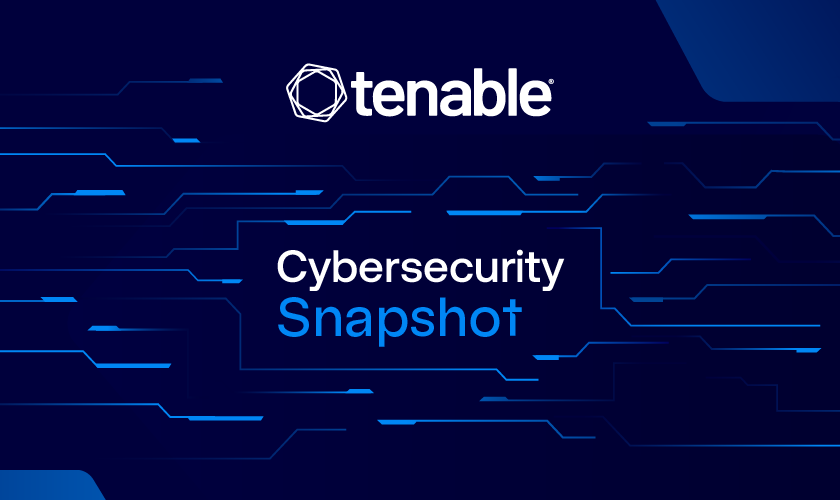Tenable blog
Cybersecurity Snapshot: AI Security Trails AI Usage, Putting Data at Risk, IBM Warns, as OWASP Tackles Agentic AI App Security

Microsoft’s July 2025 Patch Tuesday Addresses 128 CVEs (CVE-2025-49719)
Microsoft addresses 128 CVEs, including one zero-day vulnerability that was publicly disclosed....
Understanding Your Attack Surface: The Key to Effective Exposure Management
Each Monday, the Tenable Exposure Management Academy provides the practical, real-world guidance you need to shift from vulnerability management to exposure management. In this post, Tenable security engineer Aaron Roy shares how he led the integration of attack surface management with exposure mana...
Cybersecurity Snapshot: Expert Advice for Boosting AI Security
With businesses going gaga for artificial intelligence, securing AI systems has become a key priority and a top challenge for cybersecurity teams, as they scramble to master this emerging and evolving field. In this special edition of the Cybersecurity Snapshot, we highlight some of the best practic...
Navigating Public Cloud Vulnerability Management: When To Choose Network Scanners, Agents or Agentless
There are various approaches to managing vulnerabilities on cloud workloads, and knowing which vulnerability scan method to use is critical to your success. However, there isn’t a universally correct choice. How can you identify the best approach for you?...
U.S. House Homeland Security Appropriations Bill Seeks to Modernize Border Infrastructure Security with Proactive OT/IT Security Measures
The FY 2026 House Homeland Security Appropriations Bill highlights growing focus in Congress on protecting border infrastructure from cyber threats. The directive to implement continuous monitoring and real-time threat intelligence reflects a broader push toward modern, preventive cybersecurity acro...
How to Chart an Exposure Management Leadership Path for You, Your Boss and Your Organization
Each Monday, the Tenable Exposure Management Academy provides the practical, real-world guidance you need to shift from vulnerability management to exposure management. In this post, we share some tips on how to lead the move to exposure management....
CVE-2025-5777, CVE-2025-6543: Frequently Asked Questions About CitrixBleed 2 and Citrix NetScaler Exploitation
Frequently asked questions about recent Citrix NetScaler ADC and Gateway vulnerabilities that have reportedly been exploited in the wild, including CVE-2025-5777 known as CitrixBleed 2....
Cybersecurity Snapshot: U.S. Gov’t Urges Adoption of Memory-Safe Languages and Warns About Iran Cyber Threat
Check out the U.S. government’s latest call for developers to use memory-safe programming languages, as well as its warning for cybersecurity teams regarding cyber risk from hackers tied to Iran. Plus, get the latest on ransomware trends, the quantum computing cyber threat and more!...
Navigating a Heightened Cyber Threat Landscape: Military Conflict Increases Attack Risks
The current geopolitical climate demands a proactive, comprehensive approach to cybersecurity. Here’s what you need to know — and how Tenable can help....





